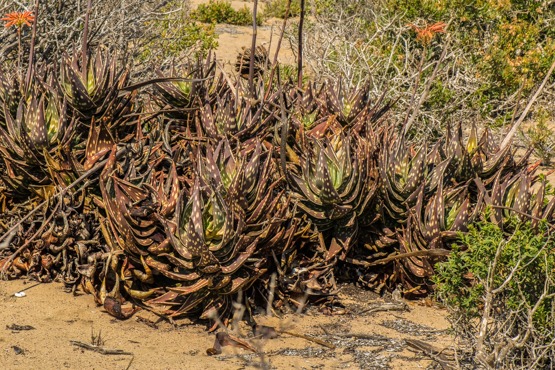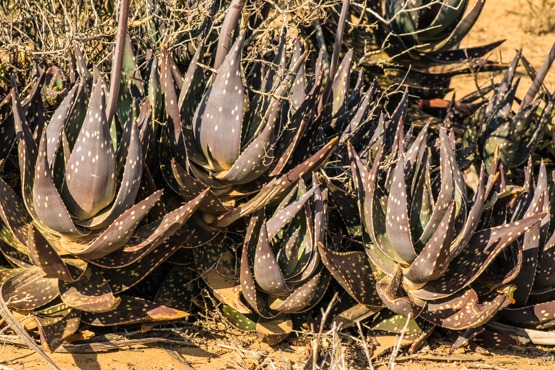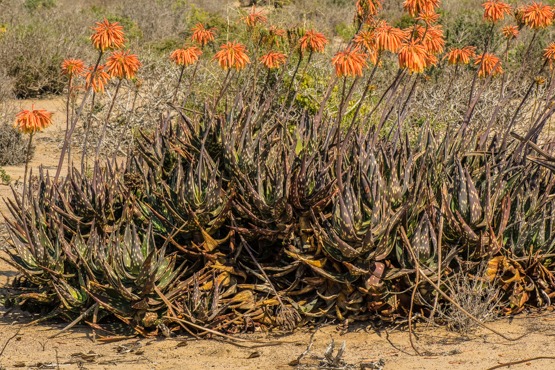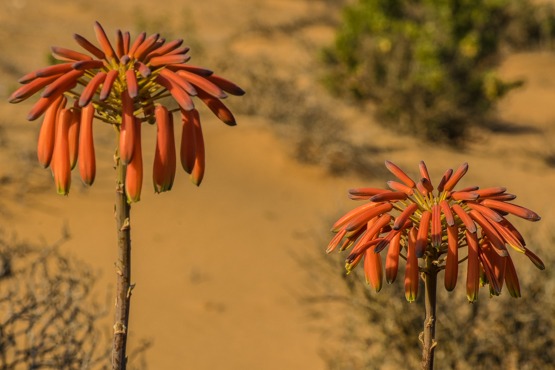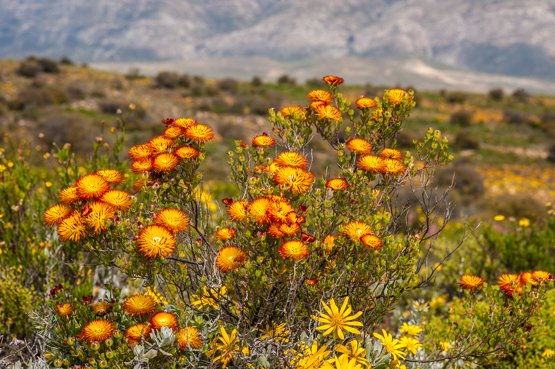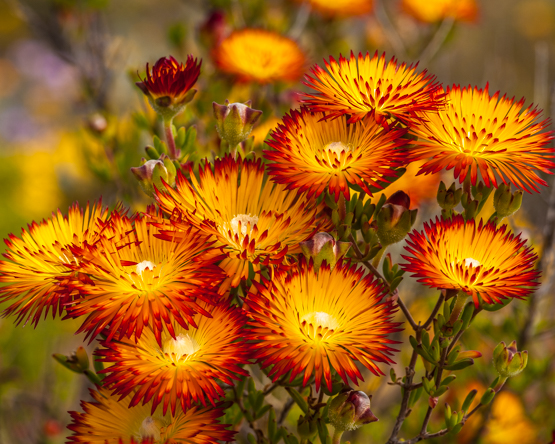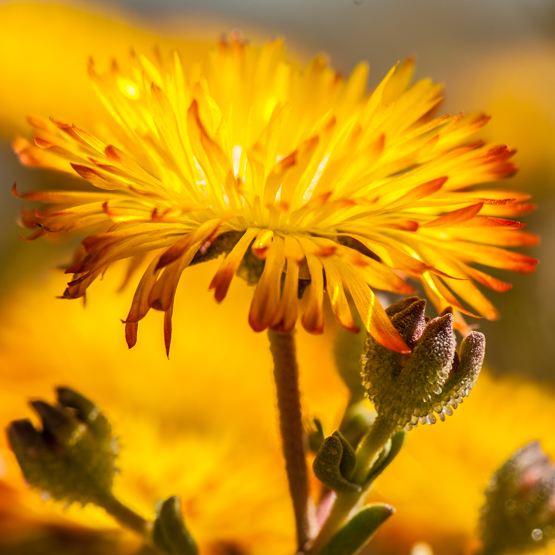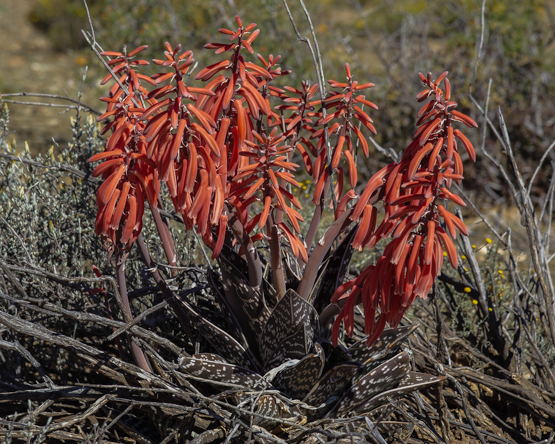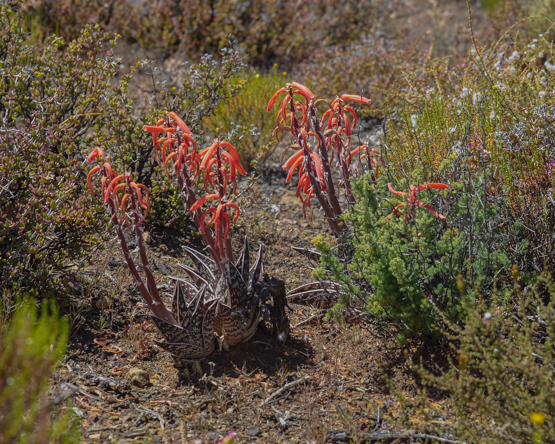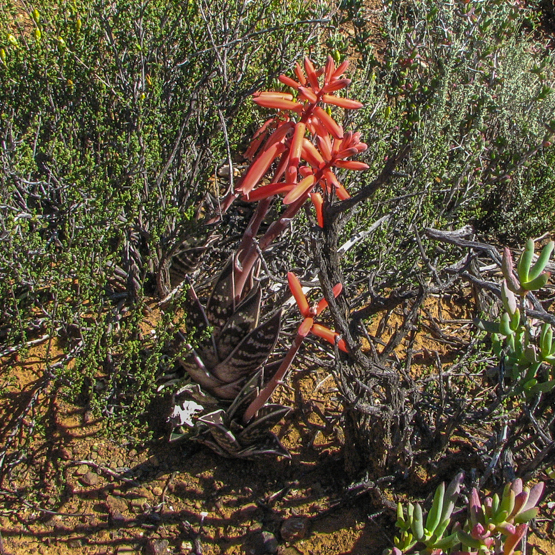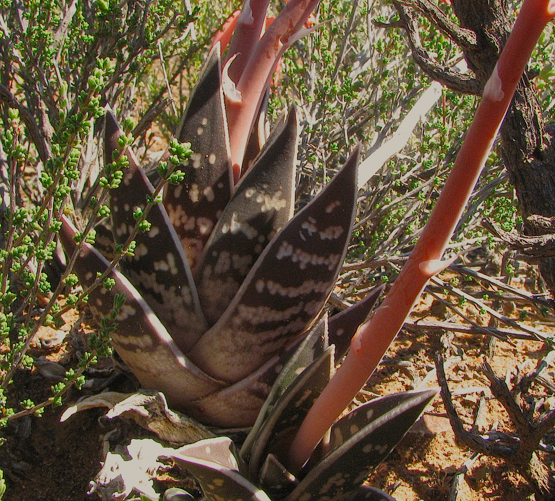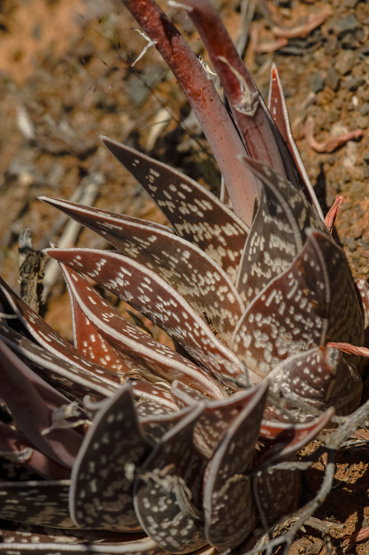As soon as we take plants into cultivation, we- by definition- change their environment. When we grow them in the open, we may change the amount of water they receive and the period in which this happens, the quantity and quality of the nutrients; we may take measures to protect them against bugs and other animals, diminish competition from other plants; we may also change the alkalinity of the soil, the influence of wind and sunshine, the slope of the plot and so on and so forth.
If we go one big step further and bring the plants into a controlled environment like a greenhouse, we can influence even more factors.
With or without human intervention, the way a plants responds to its environment is subject to 3 ecological laws.
The first one is known as the law of limiting factors: if any factor reaches a certain minimum, this diminishes the plant’s potential and cannot be compensated for by other factors. Let’s say your plant does not grow well because the soil contains far too little nitrogen. However much phosphate or potassium you add, this will do nothing to get the plant growing well again.
The second one may be called the law of compensating factors: as long as the minimum is not reached, other factors can partly compensate for a deficit. This explains the fact that certain shade-loving plants will happily grow in sunny open places, as long as the air is very humid, as is the case near the sea or next to a waterfall.
In cultivating plants, the combination of these two laws means that:
A. (most) plants will grow reasonably well even if not all growing factors have reached their optimum.
B. the more factors do reach their optimum, the less influence unfavourable factors will have.
We should also keep in mind that each species has its own minimum, optimum and maximum with respect to all external influences, and that some species are much more tolerant than others. Under natural circumstances one encounters the phenomenon that certain species occur “everywhere” and others only in very special situations. In cultivation this is reflected in the fact that some species are “easy” and others “difficult”.
The third law only applies to cultivated plants and partly contradicts the first 2 laws.
I call it the law of equilibrium: for a successful cultivation, there must be a certain balance between the three factors water, light and temperature. Because of that the following lines may be read from left to right as well as vice versa.
more water necessitates more light and more heat
more light necessitates more water and more heat
more heat necessitates more light and more water
less water necessitates less light and less heat
less light necessitates less water and less heat
less heat necessitates less light and less water
This means that if a lot of water and heat is supplied, the plants must also get a lot of light.
When plants are kept dry because it is their resting period, they need less heat and light.
Once you understand the principle you can figure out other combinations for yourself.
To be continued.
